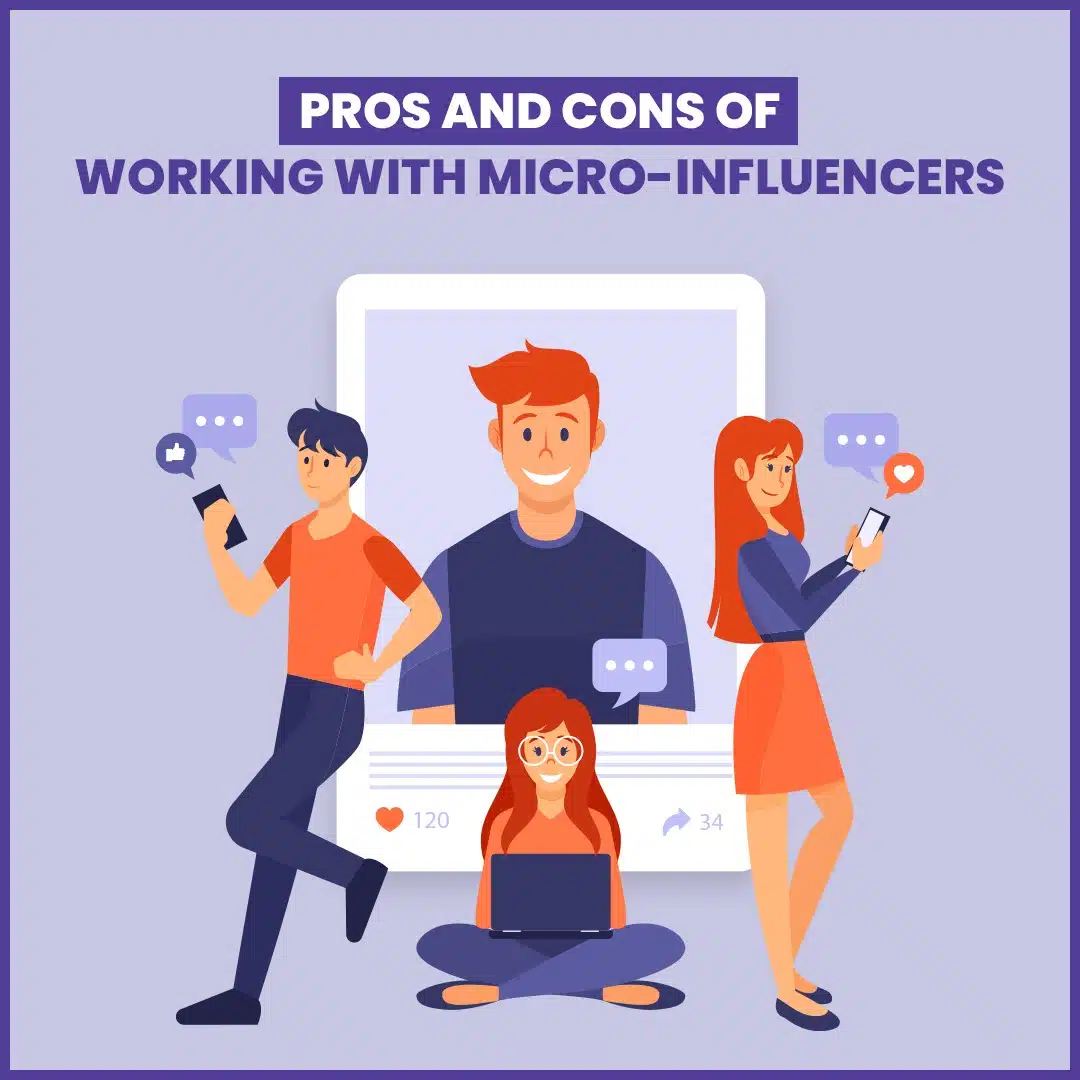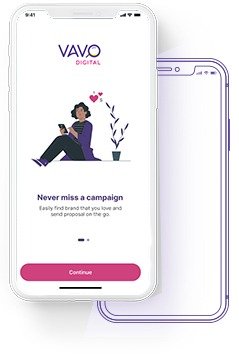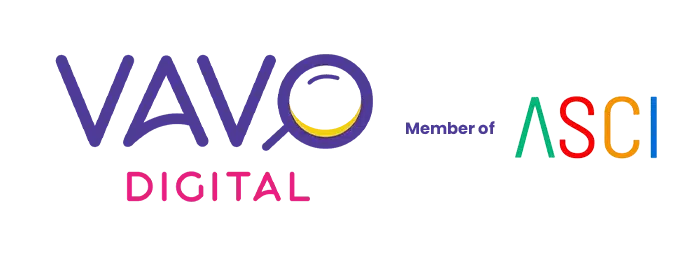
Pros & Cons Of Working With Micro-Influencers
In the ever-changing marketing domain, a fresh trend has come to light: Micro-influencers. These pocket-sized powerhouses have stormed onto the scene, offering a fresh and intimate approach to brand promotion. Unlike their celebrity counterparts, micro-influencers are everyday individuals who have carved out a niche and loyal following in the vast realm of social media.
But like any tale of modern marketing, there are two sides to this coin. The realm of micro-influencers isn’t without its pros and cons. As businesses or brands navigate this landscape, it becomes imperative to weigh the advantages against the potential drawbacks.
From genuine authenticity to limited reach, the story of working with micro-influencers is a tale of opportunity and caution. So, grab your virtual seat to weigh the benefits against the challenges they bring to the table.
Pros of Working With Micro-Influencers
- Increased Engagement
While micro-influencers might not possess the same large follower count as superstars, they tend to maintain an engaged rapport with their audience. Their advantage lies in their smaller size, which allows for more personalized interaction.
They often operate within dynamic and expressive niche communities that consistently engage with their content on social platforms and blogs. These followers exhibit significant interest in the micro-influencers’ opinions, valuing their recommendations. As a result, micro-influencers establish substantial trust with their followers.
- Friendlier Price Tag
Since most micro-influencers are your everyday folks juggling social media or blogging with their regular 9-to-5, brands can team up with them without breaking the bank, unlike their superstar or macro-influencer counterparts.
Sometimes, brands team up with micro-influencers in return for a couple of free goodies. Because teaming up with micro-influencers comes with a friendlier price tag, brands often have the leeway to partner up with a bunch of them, casting a wider net over a diverse set of followers.
- Suitable for a Wide Variety of Markets
Micro-influencers stand out for their expertise and sway within specific niches, recognized by their supporters. These niches span an immense range of subjects, from origami and motor racing to home renovation. The spectrum of niches with micro-influencers is as broad as the array of niches that businesses cater to.
This means businesses can always find a fitting micro-influencer match, regardless of what they offer. When brands team up with micro-influencers, they get a golden chance to target their audience precisely. With ease, they can handpick an influencer whose followers perfectly match specific traits like gender, age, income, social status, and passions.
Cons of Working With Micro-Influencers
- Modest Reach
While micro-influencers may boast higher engagement rates with their supporters, in terms of sheer engagement volume, macro-influencers or celebrities might still surpass them. The significance of this likely varies with the niche size. In the expansive realm of fashion, it’s unsurprising to find macro-influencers commanding vast support. Conversely, smaller niches lack such prominence.
You can consider a brand specializing in luxury chocolates. In the broader food industry, prominent bloggers and social media figures prevail. However, within this, micro-influencers could emerge discussing nuances like dark chocolate origins or truffle pairings. These confectionery influencers might have fewer followers than major food bloggers but harbor a devoted audience eager to explore their recommended treats.
- Less Brand Recognition and Awareness
Due to their smaller follower count, micro-influencers hold less potential to establish brand awareness than their larger counterparts. When a brand collaborates with a macro-influencer, it can significantly shift the public’s perception of the brand, reaching a wide audience.
Micro-influencers face limitations in shaping brand awareness. Their modest reach constrains their impact on public perception. For instance, if a tech company teams up with a well-known tech reviewer, it can impact the perception of numerous tech enthusiasts. However, a micro-influencer who passionately discusses unique gadget features might influence a smaller group of dedicated followers but won’t have the same wide-reaching effect.
- It Takes Time to Find the Right Micro-influencer
Regrettably, there isn’t a cost-free directory that lists influencers by niche. Unearthing suitable micro-influencers can eat up a significant chunk of a company’s resources. On the bright side, if someone on the team is already super into the niche, they might already have the lowdown and connections with just the right micro-influencers!
Nonetheless, if you are new to that journey and want to know the A B C of how you can be a micro-influencer, then this is the perfect match for your interest in “How To Become A Micro-Influencer: 5 Tips To Boost Followers”.
Wrapping Up
Opportunity and caution are always danced hand in hand. As brands dive into this dynamic landscape, they must navigate the engaging authenticity, cost-efficiency, and niche-specific prowess that micro-influencers offer. Yet, it’s essential to acknowledge their limited reach and the time investment needed for scouting.
At Vavo Digital, we provide strategies to ensure businesses team up with the perfect influencers for optimal results. Our focus is on amplifying micro-influencers’ reach. Stay connected for updates on brand partnership prospects. Feel free to reach out to hello@vavodigital.com for any queries you may have.




